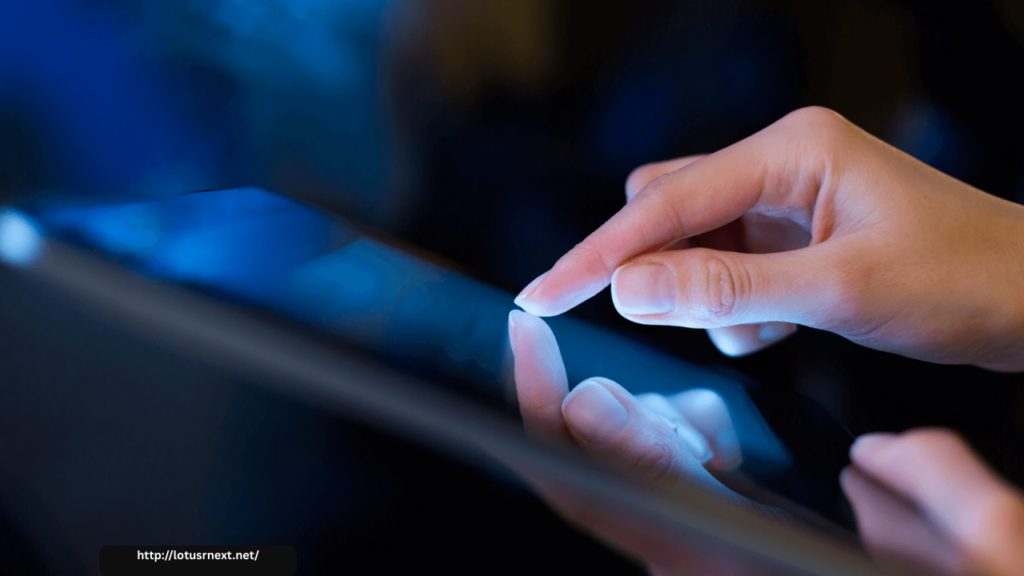
In the past two decades, digital technology has transformed our world with breathtaking speed. Smartphones, tablets, and constant internet access promised to make life more convenient, efficient, and connected. In many ways, they delivered. Tasks that once required hours or days — from booking travel to banking to staying in touch with loved ones — are now accomplished in seconds. But beneath the glittering promise of convenience, a darker reality has emerged: our increasing dependence on digital tools has become a crutch, subtly undermining our mental health, relationships, and ability to engage with the real world.
The design of today’s digital platforms plays a major role in this dependency. Social media apps, streaming services, and even basic productivity tools are built around algorithms designed to capture and hold our attention for as long as possible. Every notification, every “like,” and every endless scroll is a carefully crafted nudge, keeping users engaged. What began as tools for greater productivity and connectivity have quietly morphed into extensions of ourselves — sources of validation, distraction, and sometimes even identity.
This dependency has serious consequences. Studies have linked excessive screen time to rising rates of anxiety, depression, and loneliness. Despite being more “connected” than ever, many people report feeling isolated. Instead of deepening our human relationships, constant digital engagement often fragments our attention and weakens the quality of our interactions. We find ourselves reaching for our phones in moments of boredom, discomfort, or sadness, not to solve real problems, but to avoid facing them altogether.
Moreover, digital convenience has chipped away at our ability to tolerate inconvenience, boredom, or delayed gratification — skills that are critical for resilience and personal growth. Why struggle through a difficult conversation when you can send a text? Why wrestle with a complex task when you can Google a shortcut? Over time, we risk losing the mental muscle that allows us to face challenges head-on without reaching for a digital escape hatch.
The workplace has not been immune either. The expectation of constant availability, fueled by email and messaging apps, has blurred the boundaries between work and personal life. Convenience, once seen as liberating, now feels imprisoning. Instead of freeing up time for leisure and creativity, technology often demands more of our attention, more of our energy, and more of our emotional bandwidth.
The way forward is not to reject technology altogether — that would be both impractical and counterproductive. Rather, it requires a conscious recalibration of our relationship with digital tools. Setting firm boundaries, embracing periods of digital detox, and re-learning to embrace moments of stillness and inconvenience can help us reclaim our autonomy. We must remember that technology is meant to serve us, not enslave us.
Ultimately, recognizing the crutch for what it is — a dependency formed out of convenience — is the first step toward a healthier, more intentional digital life. Being “screened in” doesn’t have to be our fate. With awareness and effort, we can build a future where technology supports our well-being instead of subtly sabotaging it.